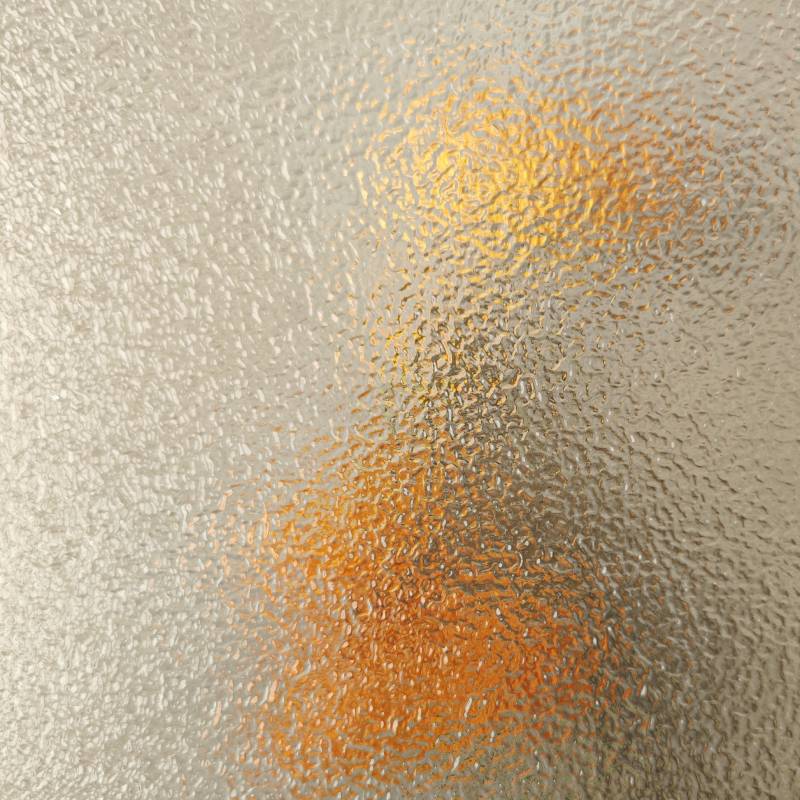

The Importance of Annealed Float Glass in Modern Applications
Annealed float glass is a fundamental material used across various industries due to its unique properties and versatility. Understanding the benefits and applications of annealed float glass can provide insights into why this material remains so widely used today.
What is Annealed Float Glass?
Annealed float glass is produced through the float glass process, which involves floating molten glass over molten tin. This method ensures a uniform thickness and flat surface, making it an ideal choice for a multitude of applications. The term “annealed” refers to the process of slowly cooling the glass after it has been formed, which helps to relieve internal stresses, reducing the chances of breakage. This feature is critical for safety and durability in various settings.
Key Properties of Annealed Float Glass
One of the most notable characteristics of annealed float glass is its transparency, providing excellent optical clarity. This quality makes it an attractive choice for applications requiring visibility, such as windows and display cases. Additionally, it has a low distortion, allowing for an undistorted view of objects behind it.
Furthermore, the manufacturing process of annealed float glass results in a smooth surface that enhances coatings and treatments, such as low-emissivity (low-E) coatings, which improve energy efficiency in buildings. These coatings can help reduce heat loss and improve comfort, making annealed float glass suitable for modern architectural designs.
Applications in Architecture and Construction
In the construction sector, annealed float glass is widely used in residential and commercial buildings. Its primary application is in windows, where it allows natural light to enter while maintaining a barrier against the elements. Also, its aesthetic appeal adds to the architectural design of buildings.

Additionally, annealed float glass is used in doors, interior partitions, and skylights. In these applications, the glass not only serves a functional purpose but also enhances the overall aesthetics by contributing to an open and airy feel within a space.
Safety Considerations
While annealed float glass serves many purposes, it is essential to recognize its limitations concerning safety. Compared to tempered or laminated glass, annealed float glass is more susceptible to breaking. When broken, it shatters into larger, sharper pieces, posing a risk of injury. Consequently, in certain applications where safety is paramount, such as in glass doors, shower enclosures, or facades, tempered or laminated variants are often preferred.
Economic Benefits
From an economic perspective, annealed float glass is a cost-effective option for many projects. Its production process is relatively simple and inexpensive compared to tempered glass, allowing manufacturers to offer it at competitive prices. This affordability helps drive its popularity in mass construction projects where budget constraints are a deciding factor.
Environmental Impact and Recycling
In recent years, the environmental implications of glass manufacturing and disposal have garnered increased attention. Fortunately, float glass, including its annealed variant, is highly recyclable. Old glass can be melted down and repurposed to form new glass products, significantly reducing the material's environmental footprint. This recycling capability aligns well with sustainable building practices that prioritize the use of eco-friendly materials.
Conclusion
In conclusion, annealed float glass is a critical material that has established its place in various industries, particularly construction and architecture. With its remarkable transparency, durability, and economic advantages, it continues to be a popular choice for numerous applications. While it does have safety limitations, advancements in glass technology and treatments have made it increasingly versatile. As the demand for energy-efficient and sustainable building solutions grows, the role of annealed float glass is likely to evolve, ensuring its relevance in the modern world. Its recyclability further underscores its potential as a sustainable choice, reassuring consumers and manufacturers alike of its ongoing viability in a changing environmental landscape.